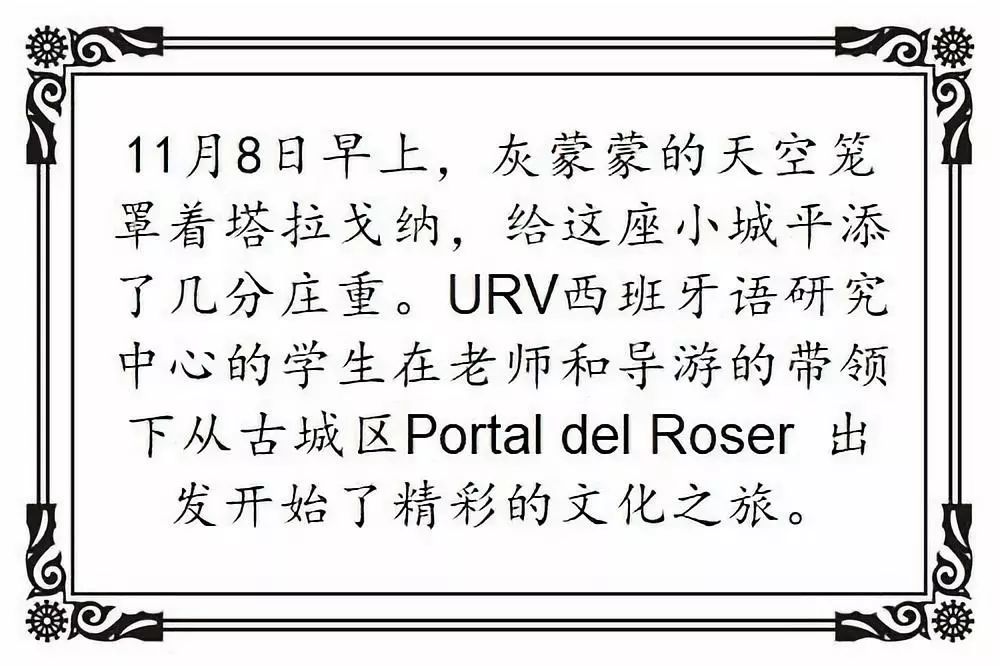


Through the tour guide 's vivid explanation, the students became very interested in the ancient Roman city of Tarraco (the old name of Tarragona) and were immersed in it. Everyone is carefully looking at the miniature model of Talaco from the 2nd century AD to give themselves a sense of the historical background of their visit. According to Manel R. Granell's description " In the 2nd century AD , the city's expansion reached its peak, and the Colosseum had been built, standing outside the city wall and east of the city near the sea" Can you find the location of the Colosseum?


Archaeological Route (remains of the ancient city wall of Tarraco)
Entering the ancient city of Talaco gives people a sense of time and space. Modern businesses can be seen everywhere in the ancient city, and leisurely tourists are sitting in roadside cafes. Just when you are careless, the ruins left by the Romans in the past break into your sight from time to time. The ancient city walls, racecourse, and Colosseum all show off the city's former glory. According to the tour guide, the urban skeleton of Tarraco was formed around the 1st century AD. After thousands of years of ups and downs, the once ancient city has become an important heritage on which this modern city is based. In this small ancient city, every stone carries memories of the past hundreds or even thousands of years. Go to a cafe in front of the Town Hall Square. The back courtyard is actually the base of the auditorium of the ancient Roman hippodrome. Under the guidance of tour guides and teachers, we were surprised to see that many stores still retained their original floors and racecourse structures.


Restored map of the ancient Roman city of Tarraco




Restoration of ancient Roman racecourse




"In that distant but still dazzling classical era, Rome was both a ruthless invader and a great builder. It was both the shackles of freedom and the ideal land that people longed for. "

 Students boarded the stands of the ancient Roman Colosseum
Students boarded the stands of the ancient Roman Colosseum

Along the coastline of Tarragona, with the Mediterranean wind blowing, the students strolled all the way to the port of Tarragona. The National Archaeological Museum of Tarragona (MNAC) located in the port is the last stop of our trip.




With the end of the MNAC visit, this cultural outing came to a successful conclusion. The students all said that during the process, they gained knowledge, experienced history, and learned more about this beautiful Mediterranean town. Let's hear what they all have to say.

Li Xuewei (Linda):

Beatriz:

Li Zhongshu (Irene):

